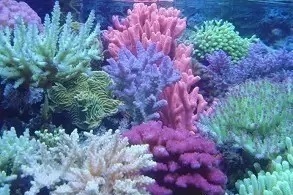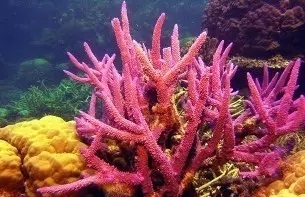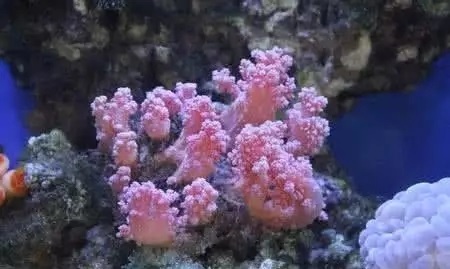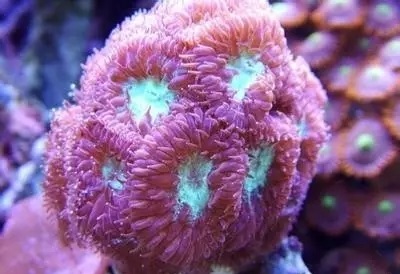Coral has always been popular as a souvenir, whether it's as home decoration or as jewelry to match with clothing. But what many consumers don't know is that these beautiful structures are made of living organisms. Fewer and fewer people are aware that corals around the world are dying at an alarming rate.


Coral reefs are some of the most biologically rich and economically valuable ecosystems on Earth, but they are also threatened by a growing array of impacts. Chief among these impacts are global climate change, unsustainable fishing and pollution. The huge consumer demand for coral, especially during the holiday season, is another factor contributing to the decline of coral reefs. The United States imports tons of dead coral every year for home decoration and curio treasures. Most of these corals are shallow water species.

The United States is also the world's largest recorded consumer of coral, and red and pink corals are often used in jewelry. Finished jewelry and arts and crafts made from this coral can fetch between $20 and $20,000 on the market. Continued consumer demand has led to a decline in fine coral around the world.
To meet the demand for coral jewelry, commercial fishing has reduced coral community size, density and age structure. Such fishing is reducing the species' reproductive capacity and also reducing its genetic diversity. Research shows that even the removal of red and pink corals from the global jewelry and art trade results in smaller and smaller numbers of wild corals.

Corals are particularly slow-growing and very long-lived, taking years to reach maturity. Corals take decades or more to form coral structures. Once the coral is harvested, especially when it is extracted at an early stage, the surrounding coral bed usually does not recover. That's why it's best to leave corals and other marine life on reefs. Remember: Coral is already a gift from nature, please stop giving it to others as a gift.